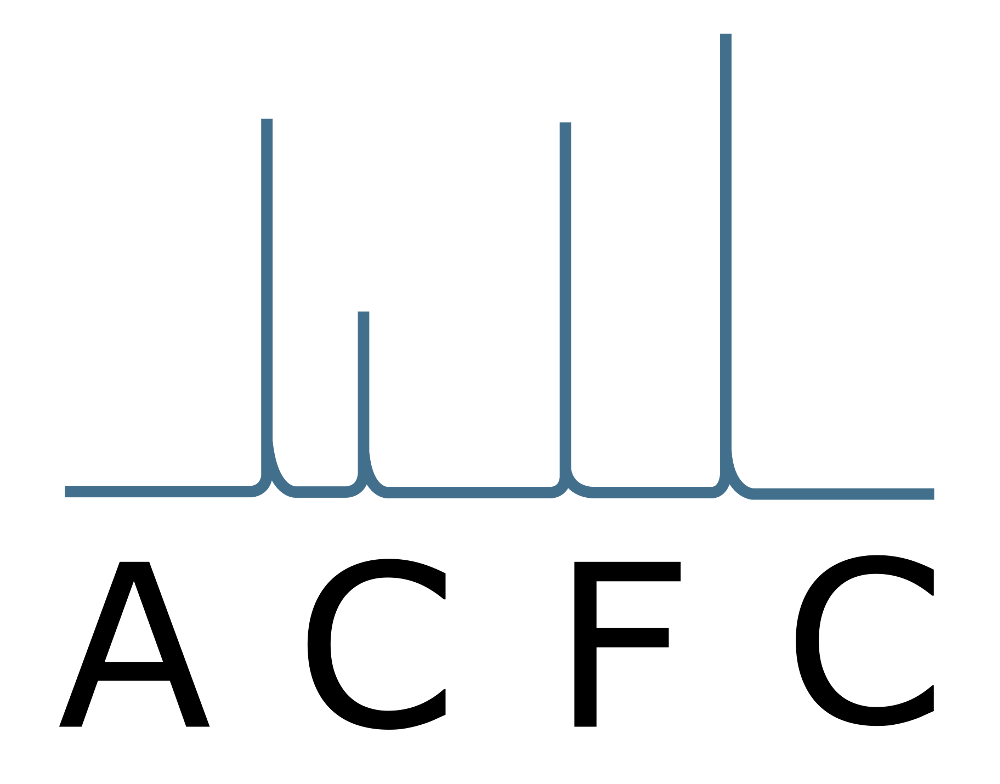Food Safety
The ‘Food Chemistry’ section of the Institute of Analytical Chemistry and Food Chemistry is primarily concerned with the quality of food and consumer goods. The current focus is on sensory quality (Siegmund ‘Sensory Science’ working group) and the determination of sensory quality using chemical-analytical methods, with a focus on volatile and odour-active target analytes (Leitner ‘Seperation Techniques’ working group).
Irrespective of the sensory properties, the requirements regarding the quality of food and the closely related consumer goods (FCM) are increasing. Consumers in particular, but also new legal requirements, are demanding sustainable foodstuffs in a holistic approach. This includes the entire life cycle, from cultivation and production to transport, packaging and storage. The quality and safety of food must not be compromised, even in the sustainable approach, which means that the new requirements also open up a completely new field of analytical research and an expansion of the ‘Food Quality’ topic area is absolutely necessary. For this reason, the ‘Food Chemistry’ department was expanded in 2024 to include the ‘Food Safety’ working group (AG Hochegger).
The new working group focuses on the following areas:
- Due to the new regulation on packaging and packaging waste, all packaging must contain a mandatory minimum proportion of recycled material from 2030. This poses an enormous challenge, as the quality of the recyclates must be high enough to be used in food contact without jeopardising food safety. A major analytical challenge and central area of work is therefore the characterisation of recyclates, both plastic and paper-based materials, with regard to qualitative and quantitative targets. Safety and compliance with the applicable regulations (e.g. Regulation 1935/2004) must be ensured.
- Alternatively, new types of packaging materials are constantly being developed to replace petroleum-based materials (e.g. polyolefins such as PE or PP). These must be comprehensively analysed with regard to food safety and quality and their applicability assessed.
- The analysis of toxicologically relevant substances and substance groups in the foodstuffs themselves, as well as research into the contamination pathways in the course of the production and marketing of foodstuffs.
- The development and application of novel analytical methods and coupling techniques based on multidimensional chromatographic separation systems (e.g. HPLC-GC-FID, GC×GC, LC×LC...) and using different detectors (e.g. FID, FPD, SCD, MS...).
